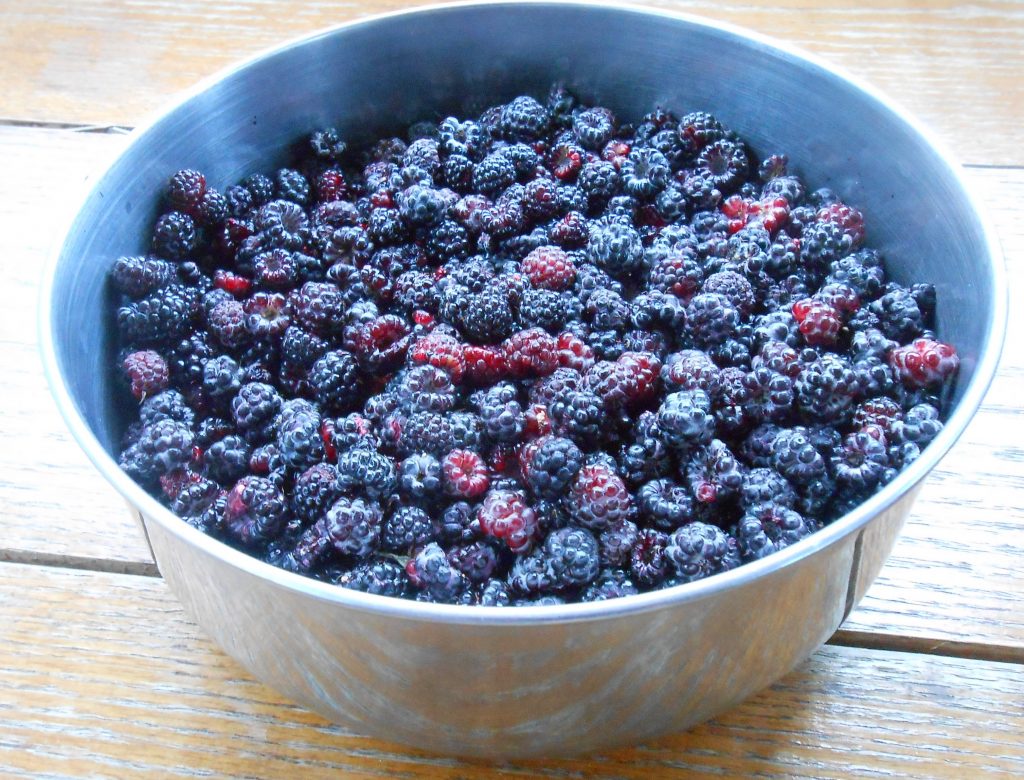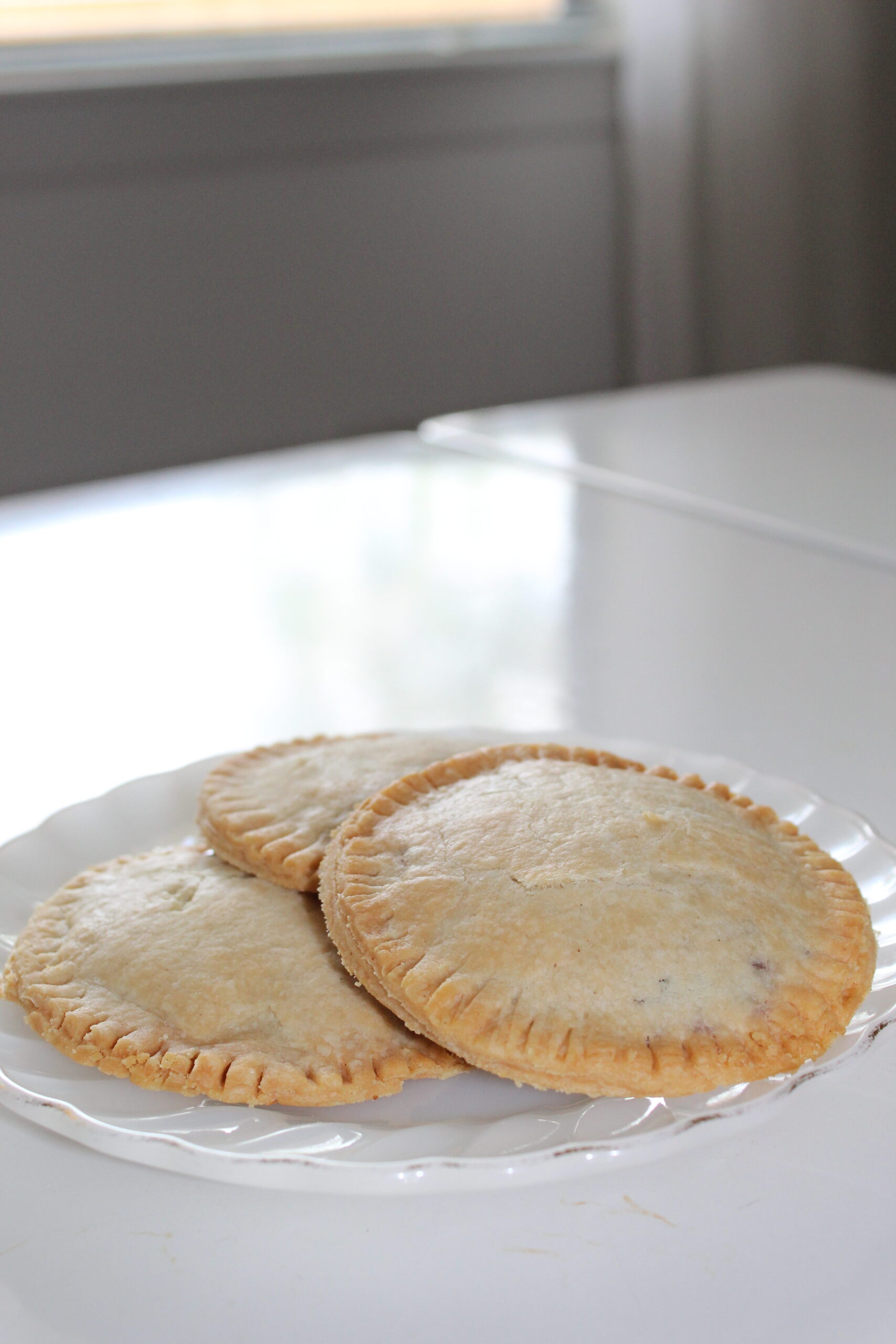For the last couple of years I’ve noticed turned-up noses when it comes to jams, jellies, and all preserves in general. It seems to be on the Not Trendy list at the moment. It’s baffling to me. Maybe people are trying to avoid sweets (doubtful, given the other things they eat copiously) or people don’t see jam as anything but a partner for peanut butter.
Well, I like jam. I truly do. And I’d like to take this opportunity to stand up for the overlooked pot of jam and explain why it has an important place in my kitchen. It’s not necessary to make your own jam, but if you do, it gives an extra special touch to your homemaking.

a way to preserve fruit
Many fruits, especially berries, are delicate. Fruits don’t last terribly long in the freezer and take up a lot of freezer space. They rot quickly in the fridge, and change radically when dehydrated. All of these storage methods have a valuable place but have their limitations, too.
Have you ever tried canning strawberries? It’s a sorry spectacle. The color fades within months and the fruit bears only a sad mushy resemblance to its once vibrant flavor.
Other fruits have limited uses because of their seeds, tartness, or processing needs. There’s a reason our foremothers made currant jelly instead of simply canning currants. One only needs so much wine. (Yes, really.)
And speaking of currants, have you ever seen them for sale at your local supermarket? Or ground cherries? Or dewberries? Of course you don’t have to grow or forage your own fruits to make jam but there are fruits you just can’t buy. If you’re able to score any of these fresh delicacies, jam is my favorite way to preserve them to enjoy all winter.

a little goes a long way
Jam is essentially preserved, concentrated fruit, which you know if you’ve ever made jam. It explains why crates and crates of fruit make only a few paltry jars. But a spoonful adds a pop of flavor to many different things, whether it be a piece of toast or a bowl of plain yogurt or a savory meal.
portable and convenient
In most cases, jam doesn’t need refrigeration. It’s no substitute for fresh fruit but it’s often much handier. It’s a wonderful feeling of abundance to be able to choose from your cupboard an array of out-of-season or not available fruit.
I don’t typically buy sweetened yogurt, but either make it or buy plain yogurt. The family members then use their choice of jams on hand to flavor their own bowl to taste.
a sweetener but with more flavor
Of course jam has sugar, sometimes nearly as much sugar as fruit, depending on the recipe. We all know there are a lot of reasons why sugar isn’t good for you but thank goodness, we’re not running a health food blog here. If you’re going to put up shelf-stable food, you need a preservative and when it comes to fruit, I prefer sugar over other preservation methods, like fat, salt, or acid.
On a happy side note, jam doesn’t have to have tons of sugar. Jam can be made with maple syrup or honey. When I make homemade jam, I often use low sugar pectin like this or this one.
With low sugar pectins you don’t have to use much (if any!) sweetener at all. I actually prefer low sugar jam because it has a more tart, real fruit flavor.

a versatile ingredient
Beyond a topping on a piece of toast and on a peanut butter sandwich, here are some other ways to incorporate jam into your cooking.
- jam pie (recipe here)
- thumbprint cookies
- jam bars
- jelly-filled muffins
- as a glaze over meat– for example, currant jam over pork chops
- yogurt flavoring
- ice cream topping
- in smoothies
- mixed into frosting
- jelly rolls
And my newest favorite, homemade pop-tarts. It’s just two circles of pie crust with a thin layer of jam between. This particular batch is filled with wild grape jam. They make the perfect breakfast, dessert, snack….let’s be honest, it would make a fabulous main dish if I had my way….

Do you like jam and use it in other ways outside of a pb&j sandwich? I’d love to hear all the ways you use it!
Good ol’ Paddington bear and the pot of marmalade that goes wherever he goes–he gets it.
Discover more from A Housewife Writes
Subscribe to get the latest posts sent to your email.
2 Comments;